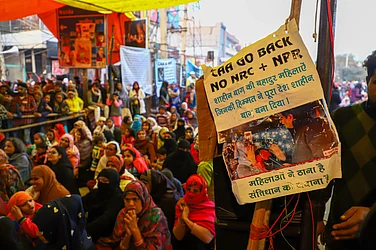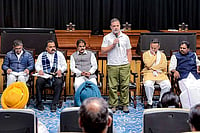Mahatma Gandhi’s principles of non-violence were more than often reflected through his several campaigns that preached swarjya, carving out a larger path of India’s war for independence.
Gandhi’s Movements Against Colonial Power
Mahatma Gandhi’s principles of non-violence were more than often reflected through his several campaigns that preached swarjya, carving out a larger path of India’s war for independence.

1917: Champaran movement
1917: Champaran movement
Published At:
MOST POPULAR
WATCH
MORE FROM THE AUTHOR
×





















